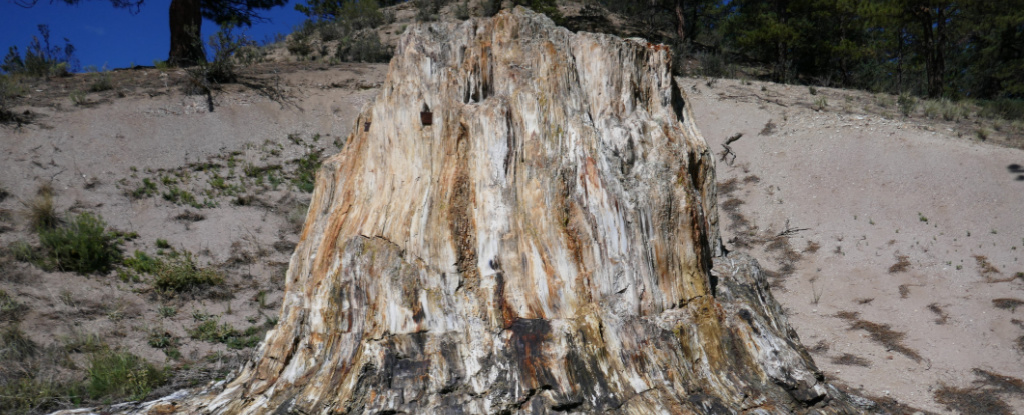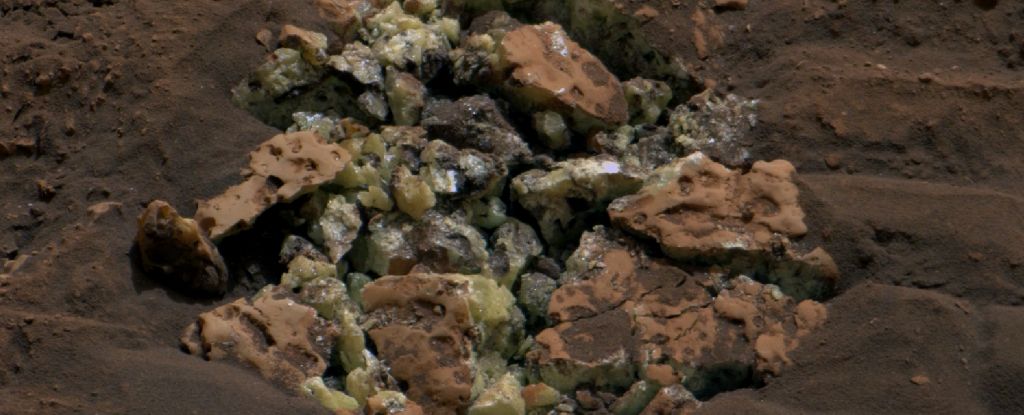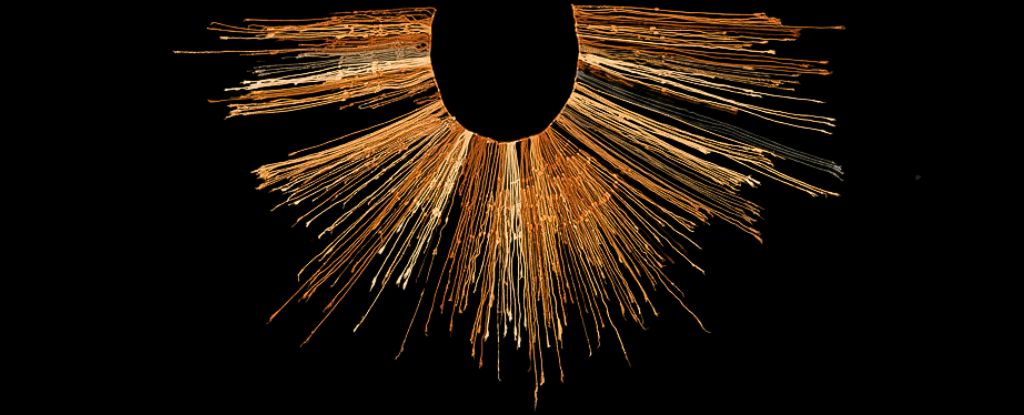A beautifully preserved fossil forest uncovered on a riverbank in Japan has been described in detail for the first time.
The rare site brings scientists one step closer to reconstructing an entire Eurasian plant from the late Miocene and fills one of the many gaps in the botany tree of Life.
The late Miocene The epoch spanned from about 10.4 to 5 million years ago and the forest was located below what is now the Kiso River, northeast of Nagoya.
The forest was first seen in modern times during a Severe drought in 1994when about 400 petrified tree stumps emerged from the water.
Most of the stumps have since been resurfaced, but researchers have successfully examined 137 of them and the surrounding fossilized leaves.
Now they have published their analysis of the site and provided an image of the plants that once covered the forested area.
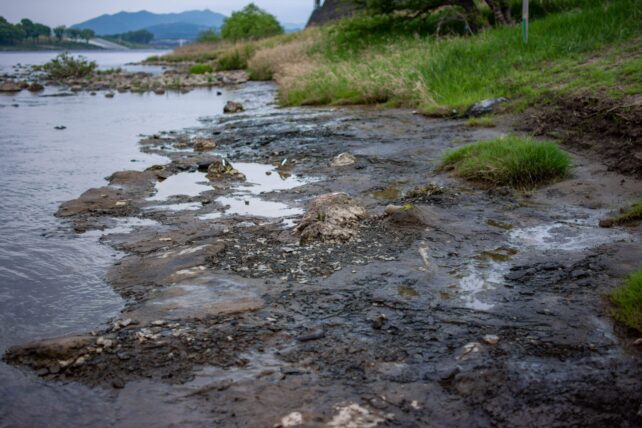
To understand why this is so cool, you have to know that finding plant fossils in one piece is incredibly rare.
Unlike animals, part of the plant usually detaches during its lifetime, be it the seed, leaf or fruit, so fossils are rarely found together.
Therefore, when it comes to plant fossils, scientists actually list all organs—leaves, fruits, or stems. different scientific nameseven if they belong to the same species.
Then it’s a challenge to piece together the different stems and leaves and figure out which ones go with which ones.
This forest offers a rare opportunity as one stem and one leaf species were clearly dominant in the area. Of the 137 stumps examined, 130 were identified as Wataria parvipora.
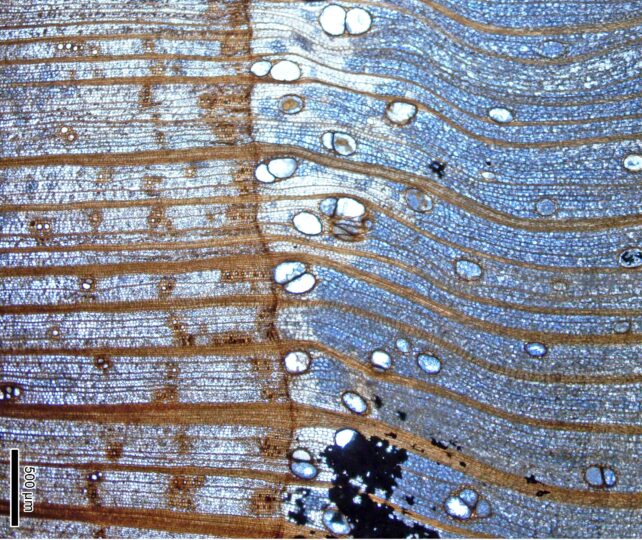
“Wataria is a woody fossil, recognizable by its prominent growth rings, numerous parenchyma rays and the absence of resin canals”, says lead researcher and biologist Toshihiro Yamada from the University of Hokkaido.
“At 2,000 m2 [21,500 square foot] As a fossil site, these tree stumps accounted for 95 percent of the tree remains, suggesting that we have discovered a forest that is predominantly inhabited by this species.”
The largest fossilized trunk found – shown as number 1 in the image below – measured 137 cm (54 inches) in diameter.
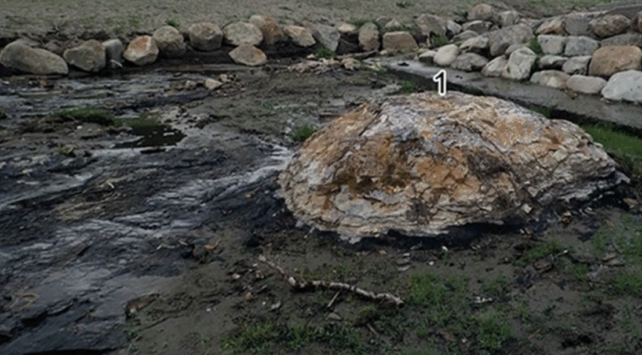
The vast majority of the surrounding leaves belonged to it Byttneriophyllum tiliifolium, This is a leaf fossil species belonging to the Malvaceae or mallow familyand is related to modern plants such as cotton, cacao, and okra.
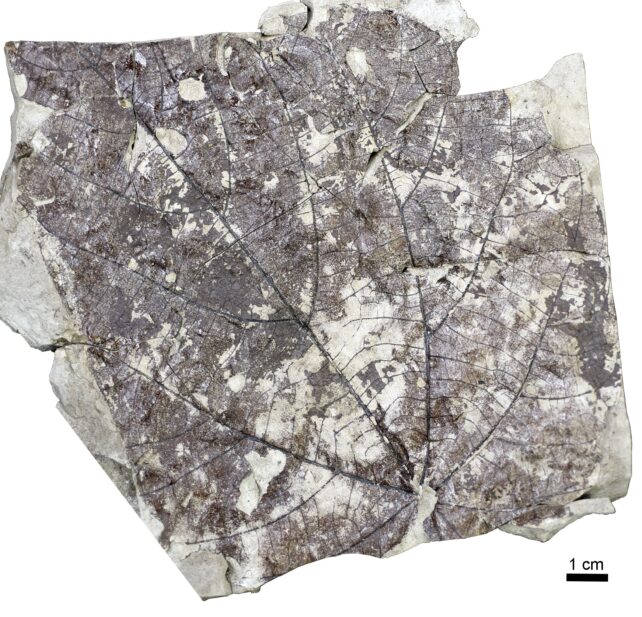
Fossils of this leaf have been found throughout Eurasia from the Miocene and Pliocene, but it is not clear which phylum they are associated with.
Now we may have our answer.
“We found that 98 percent of the fossil leaves found at the site belonged to it Byttneriophyllumstrongly suggesting that they were shed from the parent trees,” says Yamada.
“We could see that the leaves were deposited parautochthonous on the forest floor – they were petrified where they fell.”
previous research has connected a petrified fruit, Banisteriaecarpum giganteum, To B. tiliifolium Leaves; Future research will focus on finding traces of the fruit in Japan as these may tie the stem, fruit and leaf together as a whole plant.
The research was published in Scientific Reports.


